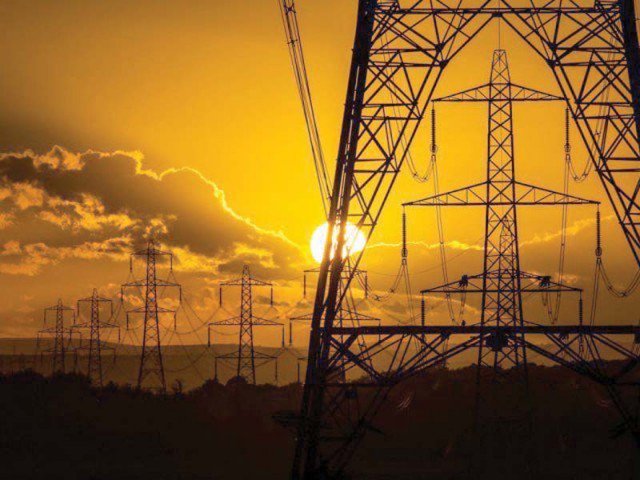
According to media reports, the city witnessed another major breakdown in the early hours of November 12, caused due to closure of the Bin Qasim Power Plant. It resulted in the tripping of high tension lines and KE’s isolation from the national grid.
NEPRA increases power tariff by Rs1.16 per unit
The power breakdown caused inconvenience to people, who endured prolonged outages. Furthermore, it was reported that 80% of the city was affected including Gulistan-e-Johar, Gulshan-e-Iqbal, Nazimabad, Bahadurabad, Liaquatabad, Mahmudabad, Saddar and other areas. It was also highlighted that it was the fifth breakdown in two months.
“The authority is seriously concerned over the prevailing situation with respect to KE network’s poor performance. In view of the foregoing event, KE has been directed to provide a detailed report regarding the power breakdown along with status of preventive and corrective steps taken within three days,” Nepra said in a statement.
K-Electric has already intimated the regulatory authority via its letter, dated November 12, regarding the abrupt disconnection of power supply in Karachi from the national grid. The tripping in the NTDC system, due to adverse weather conditions, caused a rollover effect, resulting in outages in various parts of the city on Monday.
NEPRA likely to revise tariffs for renewable energy projects
The letter explains that KE’s Bin Qasim Power Station II and Korangi Combined Cycle Power Plant landed safely in the island mode, ensuring earliest possible restoration of power to the city.
Moreover, all strategic installations falling in affected areas were restored on priority. KE also exported power for a few hours to initialise the Port Qasim Coal Power Plant connected to the national grid.
The power utility has also taken up the matter of frequent tripping events of NTDC circuits during high humidity under the interim connectivity of Port Qasim Coal Power Plant generation, resulting in sudden disconnection from NTDC - causing serious problems to KE.
NTDC has been requested to carry out a complete system relay coordination study along with a meeting of all stakeholders to formulate a joint strategy to avert similar situation in future.
Since 2009, K-Electric has invested over $2 billion to improve Karachi’s power infrastructure and enhance the quality of services for its customers. Major initiatives include exempting over 70% of Karachi from load shedding, including all industrial consumers and strategic installations.
Further, T&D losses have been brought down from 36% to 20%, along with capacity addition of 1,057 megawatts (MW) to K-Electric’s own generation. In addition, through continued investments, transmission and distribution capacity has been enhanced by around 29% and 63%, respectively, since 2009. This all has been achieved without distributing any dividends to shareholders from declared profits and, instead, routing this towards developing infrastructure.
Moreover, to accommodate the growing power demand of the city, KE has planned investments across the value chain. Ongoing projects include the $450-million TP-1000 Transmission project, which will add over 1,000 MVAs into the transmission system.
The power utility is also working to diversify its fuel mix towards clean energy and in this regard, two 25-year EPAs with IPPs have already been signed, which will add 100 MW of renewable energy to KE’s system by 2019.
Additionally, KE is also evaluating another 250 MWs of renewable projects to further increase the share of renewable energy, based on solar, wind and biogas, in its system.
The power utility remains fully committed to its vision statement of ‘energising Karachi’, while serving over 25 million people of Karachi and its adjoining areas.
Published in The Express Tribune, November 14th, 2018.
Like Business on Facebook, follow @TribuneBiz on Twitter to stay informed and join in the conversation.

















COMMENTS (1)
Comments are moderated and generally will be posted if they are on-topic and not abusive.
For more information, please see our Comments FAQ